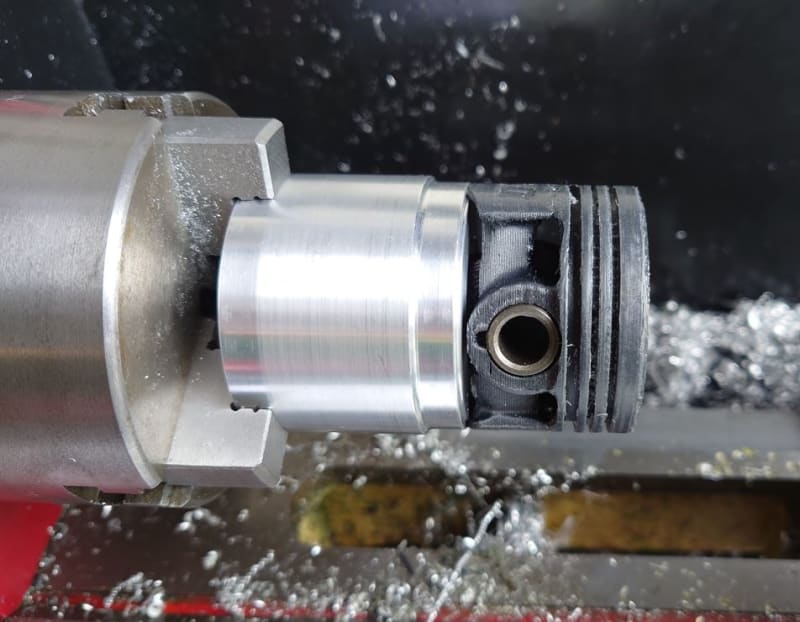I have enjoyed reading the blog from wiseco.com, a company specializing in aftermarket pistons. You might go over it to gain a better understanding of how complex the manufacturing considerations and the dynamics are in the operation of a piston.
The skirt area is a red herring for piston mass. One can eliminate the skirts completely and make a piston of similar mass.
Q1: The question is, will this lighter piston result in a small power increase as less work done by reciprocating the piston?
A1: No. There is no work done "reciprocating the piston."
Q2: Theoretically, the rate at which work is done will be increased?
A2: Transient acceleration would be affected, but not steady state. Note that some of that change alters the ability of the engine to run as one can see if the flywheel, the largest component in transient response, is removed.
Q3: With the reduced mass, the redline could be increased slightly due to less inertia load, but besides that?
A3: Only if all other components are able to withstand the increase in redline.
said:
Ignoring power increase due to higher RPM, just purely the reduced work on the piston; Here's my line of thinking and correct me if I'm wrong:
F = ma
The force from combustion pressure is not changing. The reduced piston mass will increase the acceleration of the piston.
a = dv/dt
The increased acceleration means it will hit higher velocities along the stroke.
P = fv
If the combustion force remains the same and the piston velocity increases, Power should also increase?
If I dyno tested between the 2 pistons, the power/torque made at each RPM should be very similar (if the 3D printed piston is machined well) but maybe the RATE of horsepower will change?
The pressure in the combustion chamber is not only accelerating the piston - one needs to include the reflected mass of the entire power train.
Check this out - " Before the test run was executed, the crankshafts were balanced in a separate FTB model. " The improvement in that study is also due to changing the masses of other components besides the crank. Seems like this was mentioned in this thread - "At the lower stress the crank could lose some weight,
certainly from any counterweight."
I don't understand "The 22% peak stress reduction for the MXRR titanium rod is achieved due to a better stiffness-to-mass ratio" as the stiffness to mass ratio of most metals is relatively constant - specific modulus is identical between steel and titanium and slightly higher for aluminum.
You quoted the part you liked, leaving off the part that is important:
The peak power required to accelerate the OEM rod at constant speed (9000 r/min) was 1.1 kW while the MXRR titanium rod only required 0.85 kW (Figure 23). This energy is taken and returned to the crankshaft at TDC and bottom dead center (BDC) and hence not representing a loss in itself. However, due to structural damping and friction effects, the MXRR rod will transmit more output power and less vibrations.
One is looking at the far smaller fraction lost to structural damping and friction. The delta above is about 1/3rd HP, and damping and friction are likely 1% of that, so 1/300th of a HP difference in losses; probably on the same level as eating a burger before the race adding weight to the rider.
So, if all you do is change the mass of the piston, vibrations will increase and there will be greater damping and friction losses. Contact the authors of that paper if you want mathematical support. It's far more complex than f=ma.

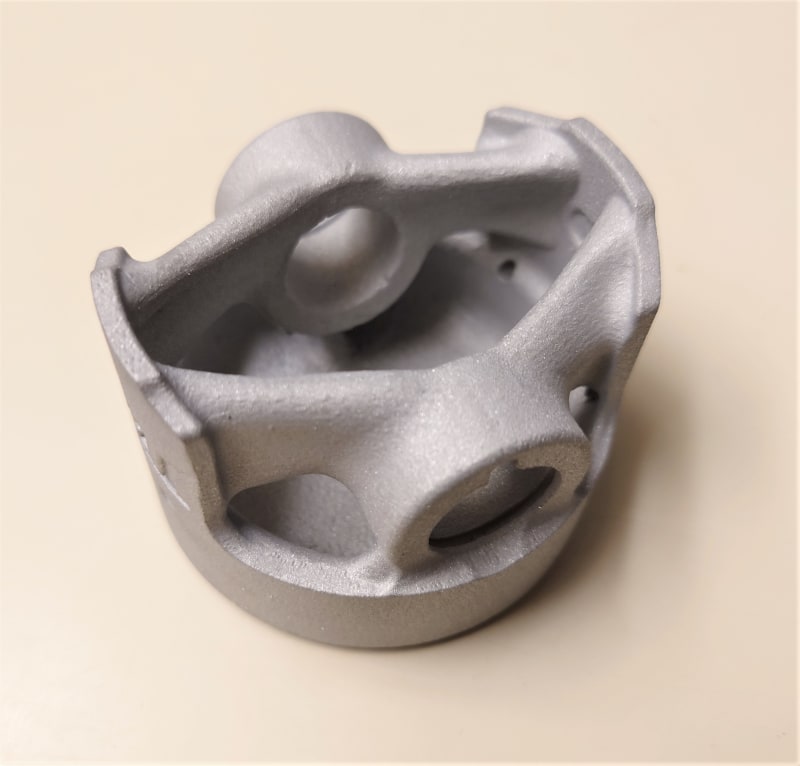
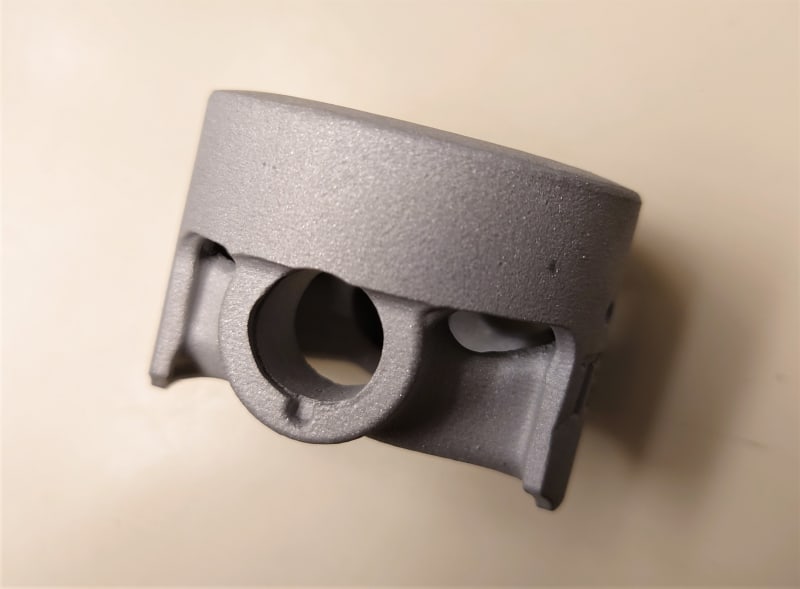
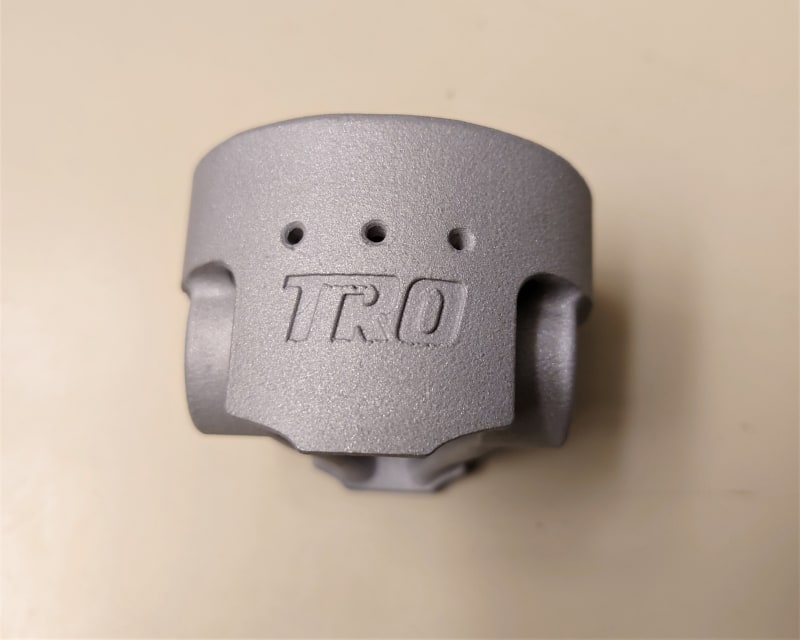





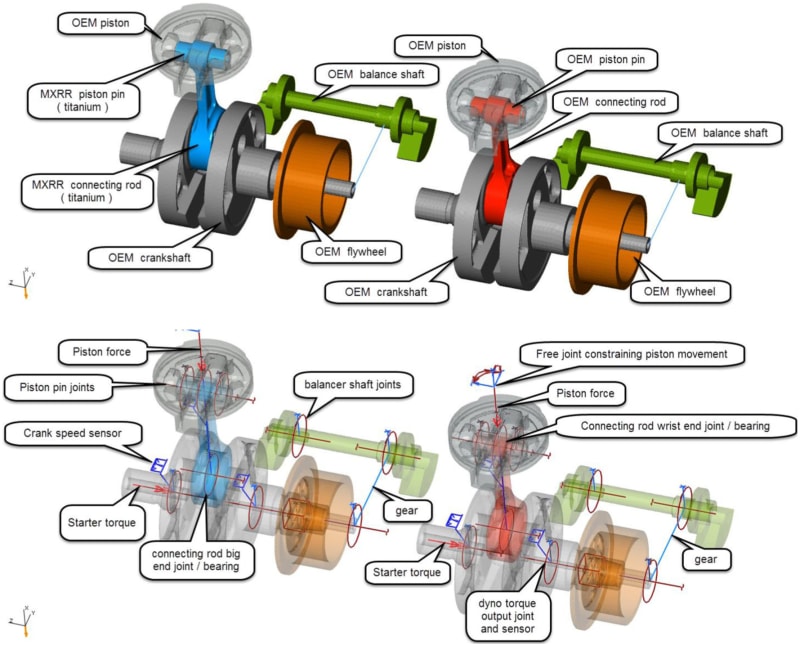
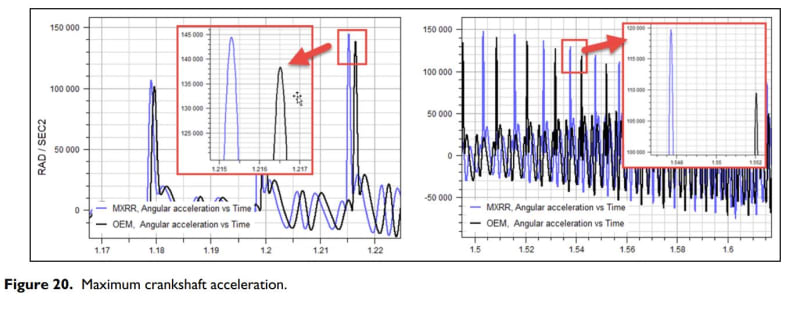

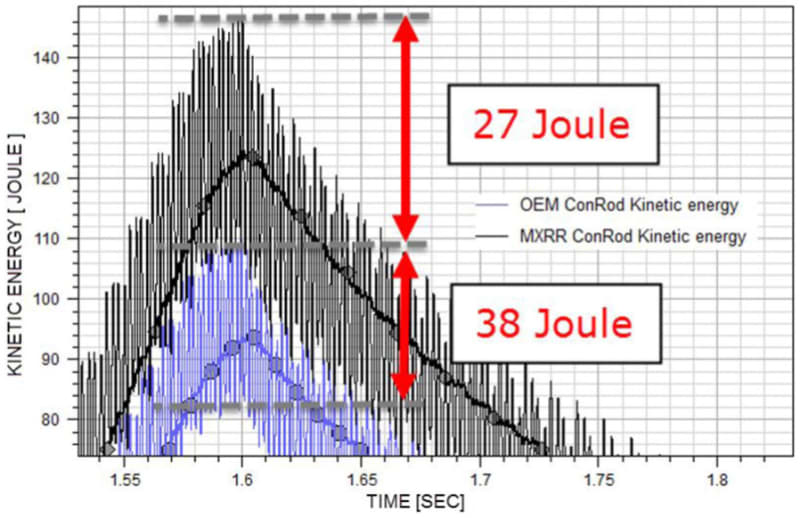
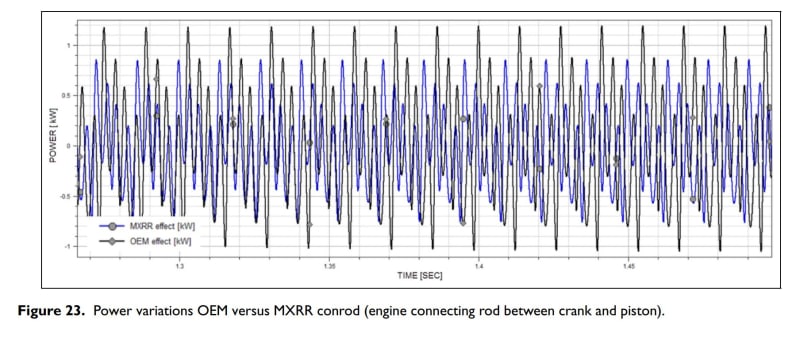
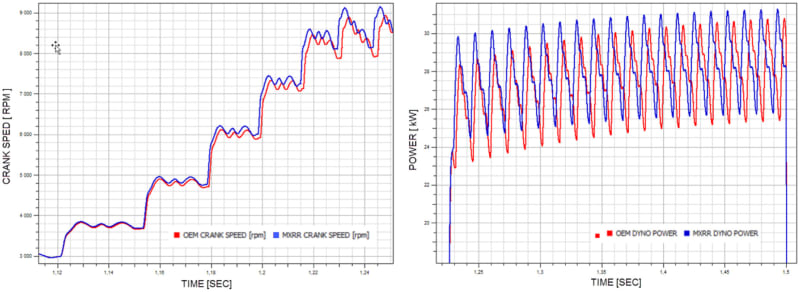
![[bigsmile] [bigsmile] [bigsmile]](/data/assets/smilies/bigsmile.gif)
